
Chemistry
Defying symmetry for better synthesis
Insight into the role of sulfur-bearing ligands provides a better handle on ways to synthesize asymmetric metal nanoparticles.
Page 11 of 12

Chemistry
Insight into the role of sulfur-bearing ligands provides a better handle on ways to synthesize asymmetric metal nanoparticles.

Mechanical Engineering
A simulation scheme for aerodynamic turbulence could replace expensive wind tunnel tests.

Mechanical Engineering
A complex computational model provides a more accurate description of soot formation.

Material Science and Engineering
Integrating large-area perovskite crystals into simple circuitry leads to optical sensors with high bandwidth and sensitivity.

Chemistry
Combining quantum dots and organic molecules can enable solar cells to capture more of the sun’s light.

Mechanical Engineering
Ultrafast imaging reveals the influence of even ultrasmall surface roughness on inkjet printing.

Chemistry
Standfirst: Lorem ipsum dolor sit amet, consectetur adipisicing elit, sed do eiusmod tempor incididunt ut labore et dolore magna aliqua.

Chemical Engineering
Bringing three powerful chemical groups together offers new possibilities in drug development.

Mechanical Engineering
Precise rate constants could provide high-fidelity combustion models for cleaner and more efficient fuels.
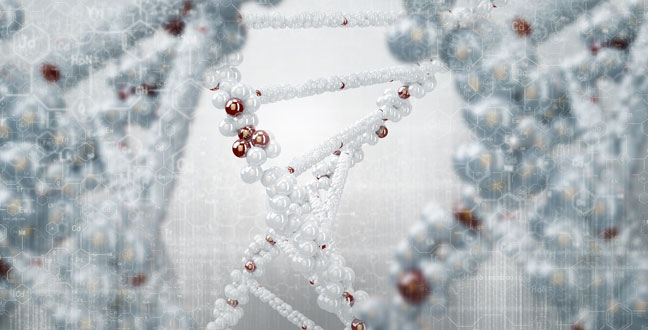
Computer Science
A new mathematical model explains how random factors affect the production of proteins within the cells.

Marine Science
Satellite imagery shows that the Red Sea’s mangrove forests have increased, not decreased, over the last 40 or so years.

Electrical Engineering
A paper-based sensor that mimics the sensory functions of human skin has been developed for the first time from low-cost and commonly available household materials.

Chemistry
Learning how an aluminum compound binds to silica may pave the way to a reliable petrochemical catalyst.

Electrical Engineering
Next-generation mobile networks can use cloud computing algorithms to manage the increasingly high data demands of users.

Applied Mathematics and Computational Sciences
An interactive computational tool opens new possibilities for "developable" surfaces.

Marine Science
Seagrass genome reveals the structural and physiological adaptations needed for plants to survive and thrive in the marine environment.

Electrical Engineering
The surface structure of magnetite is crucial to its performance in magnetism-based electronic applications.

Material Science and Engineering
Transparent crystals that grow from heated solutions offer an improved material for detecting ultraviolet light.

Applied Mathematics and Computational Sciences
Planar designs are used to model complex curved surfaces, with applications from architecture to 3D prints.

Chemical Engineering
Graphene oxide combined with a polymer membrane creates a barrier that is selectively permeable to carbon dioxide.
Earth Science and Engineering
Current models that predict ocean surface conditions overestimate wave patterns in the middle of the Red Sea.

Material Science and Engineering
Direct imaging of a single DNA molecule provides insights into fundamental biological processes.

Bioscience
Novel use of gaming technology enables researchers to 'step inside' the brain.

Electrical Engineering
Growing high-quality films of hybrid perovskite materials takes solution-processed phototransistors to new levels of performance.

Chemical Engineering
The right blend of polymers enables rapid and molecule-selective filtering of tiny particles from water.

Mechanical Engineering
Experimental and numerical studies reveal the combustion properties of blended fuels at elevated pressures.

Earth Science and Engineering
Dust plays a critical role in determining rainfall over the Middle East and North Africa.

Earth Science and Engineering
Ship-based studies of dust levels above the Red Sea reveal significant variations and confirm the reliability of satellite monitoring.

Material Science and Engineering
Atomically thin heterogeneous semiconductors with tunable electronic properties pave the way for next-generation two-dimensional devices.

Electrical Engineering
A low-cost, copper-based flexible and stretchable antenna improves far-field data communication in wearable electronics.

Mechanical Engineering
Capturing the hidden details of coalescence cascades that connect bubbles and droplets may improve oil extraction practices.

Electrical Engineering
A new biosensor made of laser-etched electrodes on a gold-coated polymer may provide an effective and cost-efficient way to assess heart disease risk.

Chemistry
An electron microscope fitted with a femtosecond laser visualizes the dynamics of excited carriers on the surface of a material in real space and time.
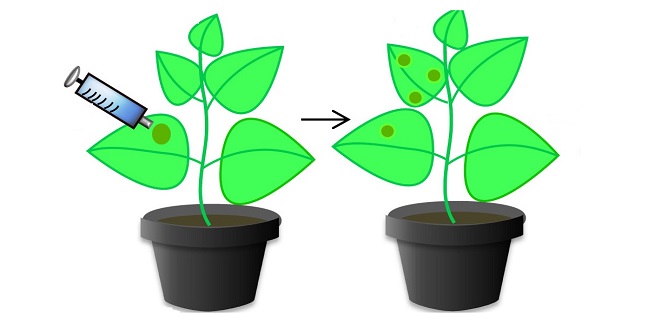
Plant Science
Harnessing a bacterial system of defense can protect plants against viral pathogens.

Earth Science and Engineering
Modelling reveals how atmospheric dust influences daytime patterns of energy transfer from sunlight.

Chemical Engineering
Chemical reaction modeling and combustion experiments reveal how 2-methylbutanol would behave in advanced engines.

Mechanical Engineering
Environmentally friendly butanol additives improve gasoline performance in spark ignition engines.

Electrical Engineering
Biocompatible tactile sensors based on magnetic hair-like structures enable new applications for touch sensors.
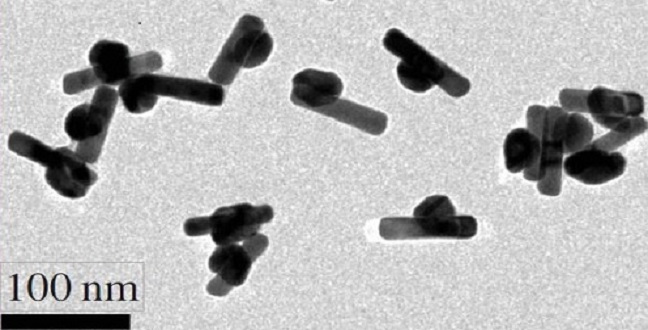
Mechanical Engineering
Metallic nanostructures absorb light better than any other known structures.

Material Science and Engineering
An atomically precise investigation reveals close similarities between silver and gold nanoparticles.
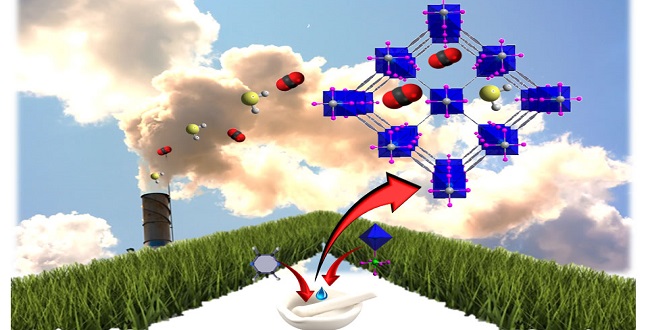
Chemistry
A solvent-free technique for creating adsorbent materials could reduce carbon dioxide emissions.

Material Science and Engineering
A mineral used in electrochemical devices that was thought to be a semiconductor is now identified as a metal.

Mechanical Engineering
Ultrafast cameras spy surprising air-trapping effects intrinsic to droplet-based technologies such as inkjet printing.

Mechanical Engineering
High-speed imaging of perfect ice spheres free-falling in water reveals surprising insights into drag reduction.

Material Science and Engineering
Arrays of tiny silver nanolenses can detect a unique mutation with the potential to cause cancer among a mix of human peptides.

Earth Science and Engineering
Conflict and economic crises, combined with pollution control measures, are changing the air above the Middle East.

Statistics
A statistical method helps to identify abnormal signals in electroencephalograms and locate their source in the brain.

Bioscience
Insight into additional functions of a key cancer protein could pave the way for new anti-cancer drugs.

Electrical Engineering
Subtle changes to the composition of a semiconductor structure enable laser light at colors previously not thought possible.
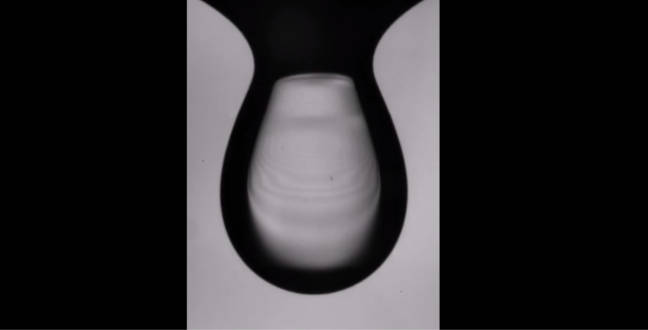
Mechanical Engineering
Stable air layers that wrap around liquid drops can retain their remarkable geometries a thousand times longer than theory predicts.

Computer Science
Functions of interacting molecular complexes are uncovered through a novel method of aligning the interaction interface of each complex.

Bioscience
Proteins that have dual roles in the molecular processing of RNA could be manipulated to produce tougher plants.

Marine Science
Analysis of sea anemone genome yields unprecedented detail of anemone-algae symbiosis, and may provide a model for coral symbiosis.

Mechanical Engineering
Simulations show that an actuated jet of air from the wing can dramatically improve the aerodynamic performance of micro-aircraft such as drones.
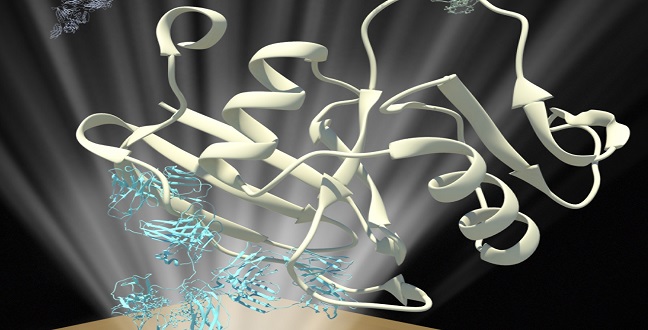
Bioscience
A modern twist on a traditional biochemistry technique lets scientists study interactions that trap cells in circulation.

Bioscience
Termination sites of DNA are shown to stop slow-moving replication forks but not faster ones.

Electrical Engineering
A novel computing technique recognizes and captures the distinctive surface patterns appearing in videos and images.
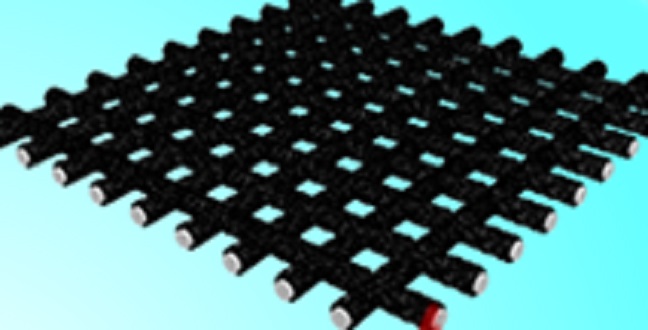
Environmental Science and Engineering
Chemical tricks improve the efficiency and durability of photothermal membranes that use sunlight to turn water into steam.

Computer Science
Performance analysis reveals how different resource allocation schemes may impact the energy efficiency of a cognitive radio system.

Applied Mathematics and Computational Sciences
An integrated set of genetic mechanisms controls whether bees behave as foragers or nurses.

Environmental Science and Engineering
Wastewater treatments based on bioelectrochemical systems can generate energy while removing potentially toxic compounds.

Environmental Science and Engineering
Elevated bacterial populations in waters near beaches and urban areas could pose a problem for desalination plants.

Mechanical Engineering
Simulations reveal the final moments of a fuel droplet as it combusts in a spray injection engine.

Material Science and Engineering
Perfect interfaces between sheets of two-dimensional semiconductors enable advanced electronic devices.
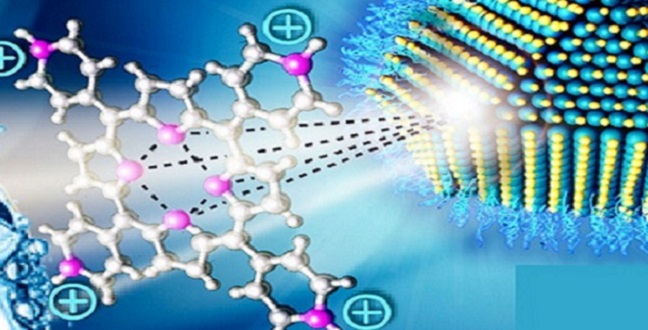
Material Science and Engineering
Quantum dots improve the performance of cost-effective, solution-processed solar cells.

Material Science and Engineering
Performance improvements of indium zinc oxide transistors could lead to enhanced transparent displays for screens and phones.

Electrical Engineering
A surprisingly simple algorithm helps computers perceive individual objects inside videos from their movement patterns.
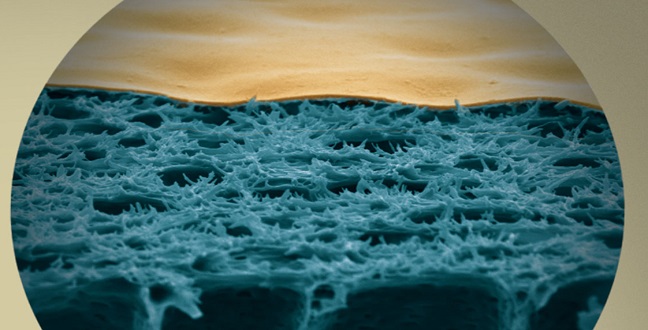
Chemical Engineering
A material for filtration that is easy and cheap to produce could aid water treatment, solvent filtration and membrane-catalysis.

Marine Science
Some coral reef fish species don’t settle very close to home.
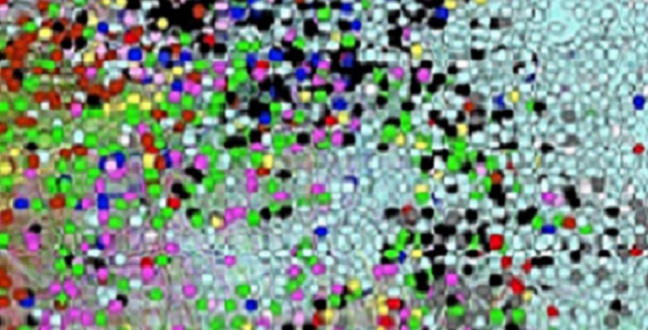
Computer Science
Specialized word search method sheds light on phenotypic similarity of diseases.

Marine Science
A coral reef fish can acclimate to warm temperatures in just two generations.

Electrical Engineering
Identifying noise in communication signals helps to filter out glitches and improve transmission quality.

Environmental Science and Engineering
Treated wastewater may be suitable for some irrigation uses, but antibiotic-resistant microbes could be cause for concern.

Material Science and Engineering
An oxide layer optimized to selectively transmit electrons can improve the efficiency of organic solar cells beyond 10 percent.

Applied Mathematics and Computational Sciences
A fast computational method optimizes sensor measurement networks for noisy, sparsely observed environments.

Electrical Engineering
Transistor designs based on nanotubes could considerably reduce the power demands of computers.

Marine Science
A look at life in the depths of the ocean reveals an efficient system of pumping carbon out of the atmosphere.

Electrical Engineering
A tiny device broadens the bandwith to enable absorption with wide-reaching potential for electrical engineering.

Chemistry
Making the pores of metal-organic frameworks smaller could open up new opportunities in gas separation techniques.

Chemistry
Tiny carriers assembled from oppositely charged nanoparticles open to release their cargo under light exposure.

Marine Science
A coral named for KAUST could provide a glimpse of future reef conditions under climate change.

Computer Science
An improved peak fitting procedure enables a better determination of protein structures.

Material Science and Engineering
The fabrication of branched titanium dioxide nanomaterials enhances the connectivity in solar cells for a better performance.

Computer Science
An algorithm that maximizes the difference between data categories achieves high accuracy in classifying faces.

Electrical Engineering
Magnetic nanowires with weak magnetic fields and low frequencies can destroy cancer cells without generating heat.

Earth Science and Engineering
The emergence of two volcanic islands in the Red Sea suggests a larger underlying event linked to African-Arabian plate separation.

Bioengineering
A new computational framework shows how pathogens interact with host cells at the metabolic level.

Chemistry
Thin film membranes could efficiently separate carbon dioxide and other gases from mixed gas flow streams.
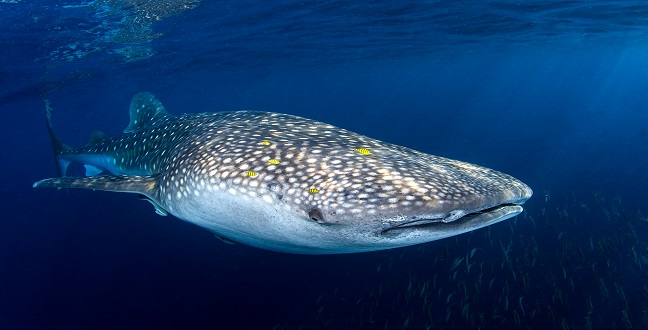
Marine Science
Rather than migrating, whale sharks in Tanzania hide surprisingly close to home year-round.

Electrical Engineering
A catalyst that helps develop a new route to break up carbon dioxide uses a renewable source of clean energy.

Material Science and Engineering
Efficiently extracting the charge required by quantum dot solar cells can be controlled by chemically configuring molecules.

Earth Science and Engineering
A warmer Red Sea may be more productive due to the influence of winter monsoons.

Bioengineering
A statistical approach that can find patterns in large data sets, even in the event of missing or incorrect figures, is proving useful from genomic studies through to planning a marine reserve.

Marine Science
DNA sequencing of reef fish microbiomes shows that diet is all-important.

Electrical Engineering
A microchip designed to generate and control rogue waves of light on the nano-scale has many potential applications.

Material Science and Engineering
A woven carbon cloth coated in a conducting polymer and an oxide-material provides a stable way of storing energy.

Material Science and Engineering
Lightweight and low-cost device uses friction inside paper-based coils to transform mechanical motion into electricity.

Marine Science
Analyses of marine bacteria offer insights into processes of carbon storage and release beneath the sea.

Environmental Science and Engineering
An inkjet-printed surface can turn fog into drinking water using bio-inspired micropatterning and adhesion technology.

Material Science and Engineering
A fast and cost-efficient fabrication process for high-quality perovskite crystals bridges the gap to silicon.